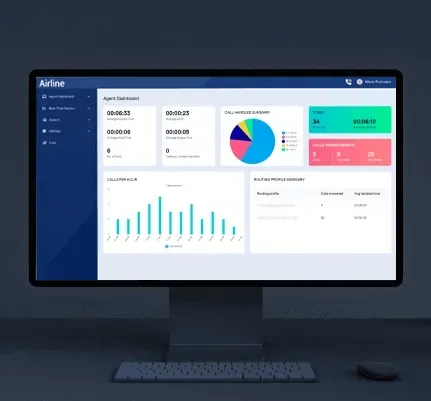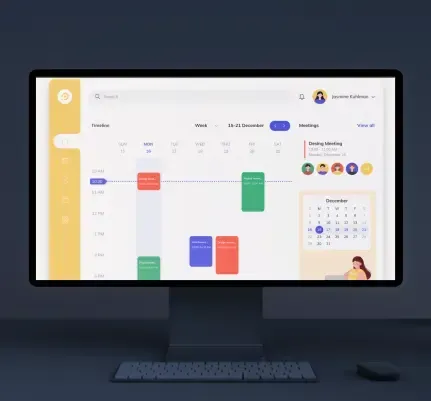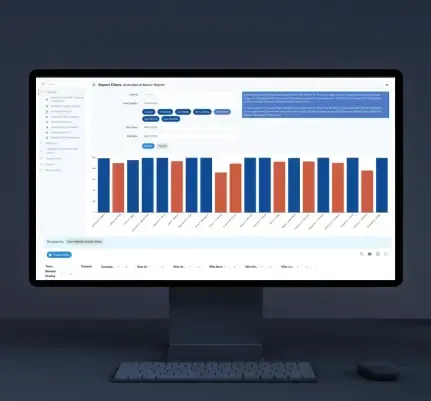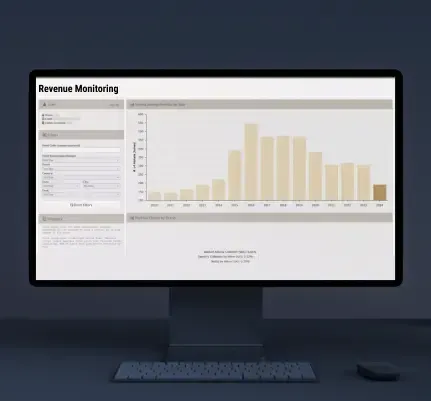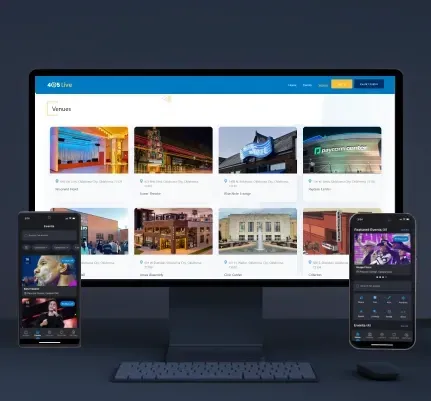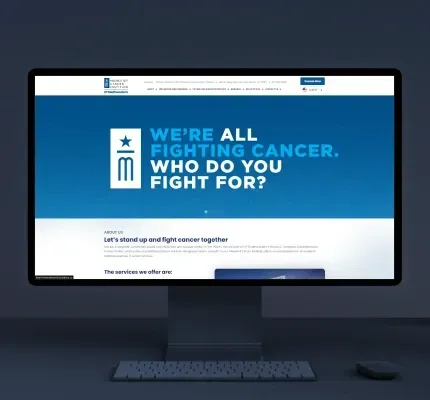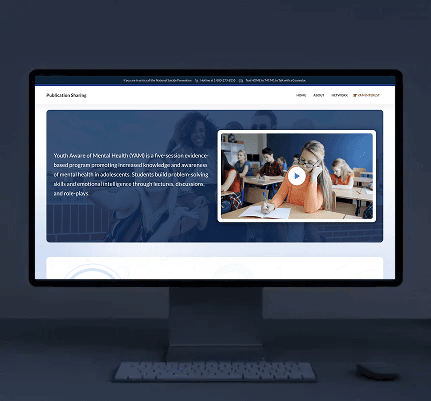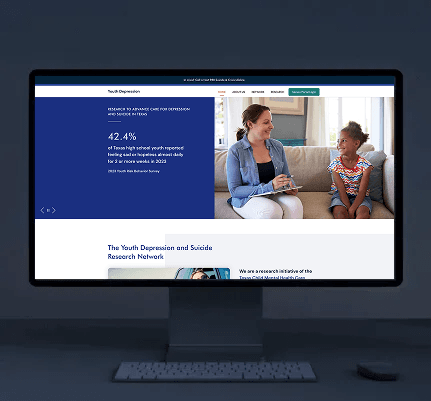Revolutionize with Advanced Contact Center Solutions
Deliver exceptional customer experiences, optimize operations, and scale with ease using our Amazon Connect-powered solutions


Deliver Guest Satisfaction with Next-Gen Contact Centers
Enable faster response times, personalized service, and operational agility with innovative hospitality contact center solutions


Accelerate Business Growth with Intelligent Automation
Implement AI that learns continuously, adapts to change, and executes sophisticated processes to maximize operational excellence


Accelerate Innovation with Strategic DevOps Excellence
Deploy infrastructure as code, automate CI/CD pipelines, and achieve continuous delivery with tailored DevOps practices that drive business velocity



Cloud Clarity
As an AWS Advanced Tier Technology Partner, Digiclarity delivers modern applications, AI-powered products, and innovative contact center solutions on AWS. With our DevOps expertise and automated CI/CD pipelines, we accelerate deployment and bring scalable, resilient architectures to market faster. We bring clarity to your cloud journey, enhance performance, and unlock efficiencies aligned with your strategic goals.
Unravel our exquisitesuite of services

Amazon Connect Development
Digiclarity transforms your contact center with effortless Amazon Connect integration, enhancing your customer service capabilities. Our solution streamlines operations and optimizes workflows, providing a cohesive platform for managing interactions efficiently.
DevOps
Experience smooth integration and deployment with our customized DevOps strategies, crafted to enhance scalability and agility. Our approach ensures that your development and operations processes are streamlined, allowing for faster releases and greater flexibility.
Chatbot Development
Transform your customer interactions with our state-of-the-art AI chatbots, designed to deliver reliable and personalized support 24/7. Our chatbots offer seamless and intelligent assistance, enhancing user satisfaction and engagement at all hours.
AI Development
Our advanced technologies harness the power of data to provide actionable insights and drive smarter decision-making. Leverage AWS's robust infrastructure to optimize operations and gain a competitive edge with innovative, data-driven strategies.
Web Development
Elevate your digital strategy with our expert web app development services, focused on creating intuitive and impactful user interfaces. Trust us to build solutions that not only meet your business needs but also enhance user experience and drive digital success.
Cloud Migration
Rehosting involves moving applications and their associated data to the cloud with minimal or no changes. This is often done using automated tools that replicate the on-premises environment in the cloud.
Accessibility
Enhance user experience with our comprehensive accessibility solutions, designed to ensure your website meets all compliance standards. We focus on making your digital presence inclusive and navigable for everyone, including those with disabilities.
DataLake / DataMart
Revolutionize your data management with our all-encompassing DataLake services, tailored for efficient high-volume data ingestion, analysis, and reporting. Unlock the full potential of your data landscape with comprehensive tools and strategies designed to enhance visibility and drive business growth.
Launch Amazon Connect in Days, Not Months
We’ve automated the setup and deployment of Amazon Connect so you can go live in days — sometimes minutes — not the months it normally takes. Our approach gets you up and running quickly, with best practices and integrations already built in.
See More
Accelerate Your Launch.Maximize Your Impact.
Scale confidently with Digiclarity. We reduce deployment timelines from months to days, helping you deliver faster, smarter, and more effectively to your customers.
12+
Years in Cloud & Contact Center Innovation
100+
Success Stories
50+
Certified AWS & CX Experts
TestimonialsTrust our clients

Very knowledgeable in the AWS space, couldn't ask for a better vendor with Digiclarity. They never fall short of helping us solution our projects.

Highly recommended. Digiclarity works and responds quickly as soon as they can when we need their support. Truly helpful and can be relied on at all times.

We have worked with the Digiclarity team since 2013. They help us with several key processes, especially our call center on Amazon Connect. I would recommend Jason's team for any Connect work and are thankful for his ongoing commitment to our business.

Our rapid migration to Amazon Connect would not have been possible without the guidance and tools provided by the Digiclarity team.

The Digiclarity team consistently provides customized solutions specific to our company's needs, and we continue to improve operationally thanks to our partnership with Digiclarity.

I had the pleasure of working alongside Jason while he transformed the SOX IT process from a mountain of paper to a searchable digital library. Jason constantly looked for efficiencies to improve all facets of the organization and his determination to succeed elevated everyone working with him.

Thank you for all that you do! What a huge help!

I was finally able to take a vacation knowing that Digiclarity had our IT processes under control.

ISO 27001 Certified Information Security Management
Digiclarity adheres to ISO/IEC 27001 standards, ensuring robust data protection, risk management, and continuous security monitoring across infrastructure, applications, and operations.

